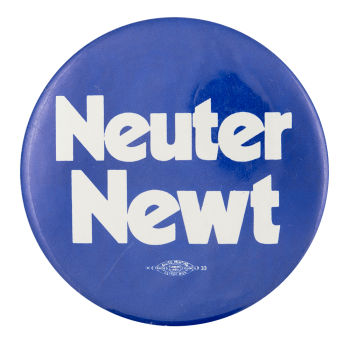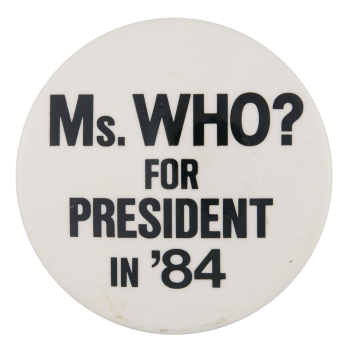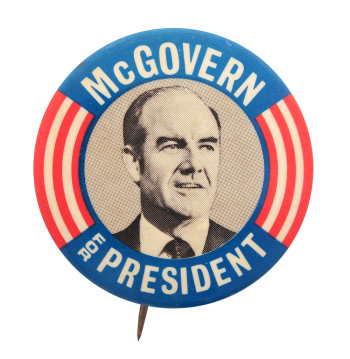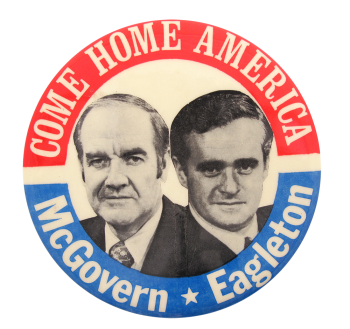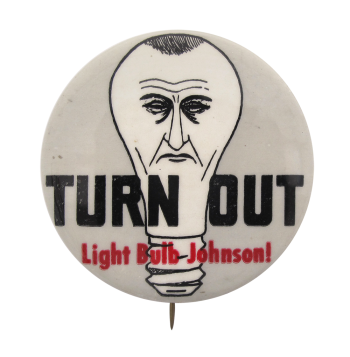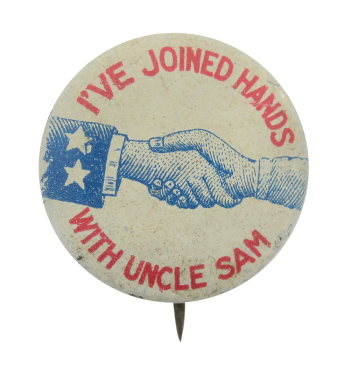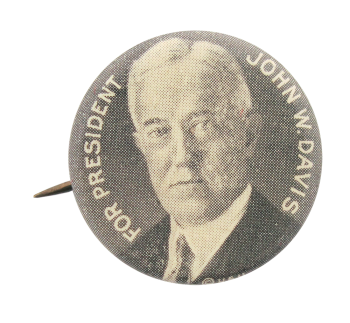Nixon - Agnew United States
| Category | |
|---|---|
| Additional Images | |
| Sub Categories | |
| Text on Button | Nixon Agnew |
| Image Description | Map of the U.S. in the shape of an elephant under black text over yellow background. |
| Back Style | |
| The Shape | |
| The Size | |
| Year / Decade Made | |
| Additional Information | The button is from the 1968 US Presidential campaign. The Republican Party ran Richard M. Nixon (1913-1994) and Spiro T. Agnew (1918-1996) against the Democrats, Hubert H. Humphrey, Jr. (1911-1978) and Edmund S. Muskie (1914-1996). The 1968 campaign was about international affairs—Nixon had a history of taking a hardline against communism and had a clear advantage with the general public. The Nixon-Agnew ticket soundly beat Humphrey-Muskie by a margin of 110 Electoral College votes. During his first term, Nixon worked to deescalate the Vietnam War; became the first US President in office to visit China; attempted to stop the spread of communism in Latin America; advanced nuclear peace talks with the USSR; and began aiding US allies in the Middle East without direct military operations. |
| Catalog ID | PO0139 |



